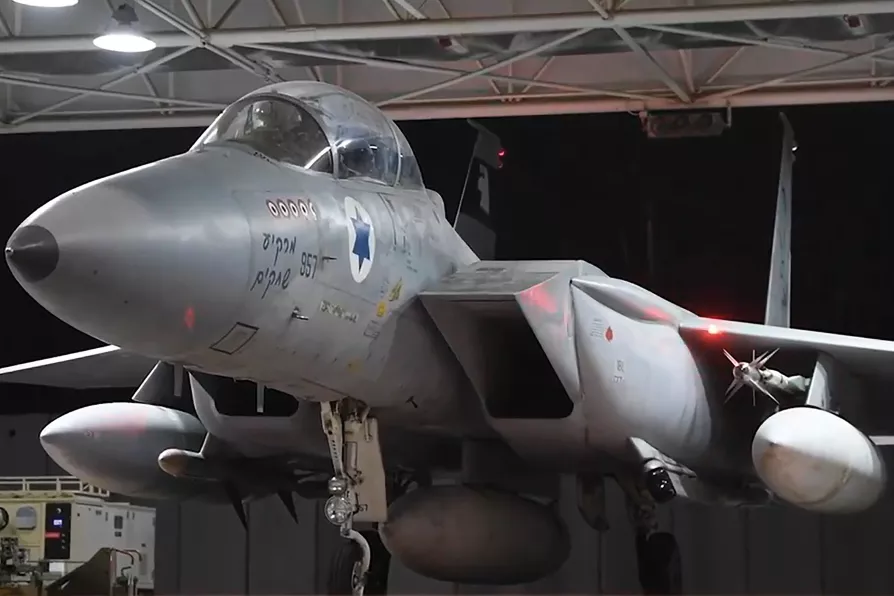The long-term effects of chemical weapons such as Agent Orange mean that the impact of war lasts well beyond a ceasefire

 BRUTE FORCE: An Israeli war plane at Tel Nof air base prepares for strikes on Iran
[idf.il/CC]
BRUTE FORCE: An Israeli war plane at Tel Nof air base prepares for strikes on Iran
[idf.il/CC]
THE Middle East has long been a battleground in which imperial powers have played out their power games by creating, enhancing and exploiting regional tensions. However, the most recent plans of the US to “reshape” the region go back some 18 years to the speech made by then US secretary of state, Condoleezza Rice, in July 2006 when she stated that the US was seeking major change in the Middle East.
Under successive US presidents since then, the concept of a Greater Middle East has evolved. President Obama developed the US’s New Middle East Plan to reassert influence and bolster resource control in the region. Obama’s version of the plan resulted in the Joint Comprehensive Plan of Action (JCPOA) with Iran in 2015 and a more nuanced approach to containing the perceived threat of Iran to the regional power balance.
Donald Trump took a more belligerent approach, tearing up the JCPOA in 2018, taking a clear position of supporting the objectives of Israel to be the region’s dominant military power and protector of US interests.

Payam Solhtalab talks to GAWAIN LITTLE, general secretary of Codir, about the connection between the struggle for peace, against banking and economic sanctions, and the threat of a further military attack by the US/Israel axis on Iran

While Trump praises the ‘successful’ attack on Iranian nuclear sites, the question arises as to the real motives behind this escalation. MARC VANDEPITTE explores the issues

In the second of two articles, STEVE BISHOP looks at how the 1979 revolution’s aims are obfuscated to create a picture where the monarchists are the opposition to the theocracy, not the burgeoning workers’ and women’s movement on the streets of Iran











